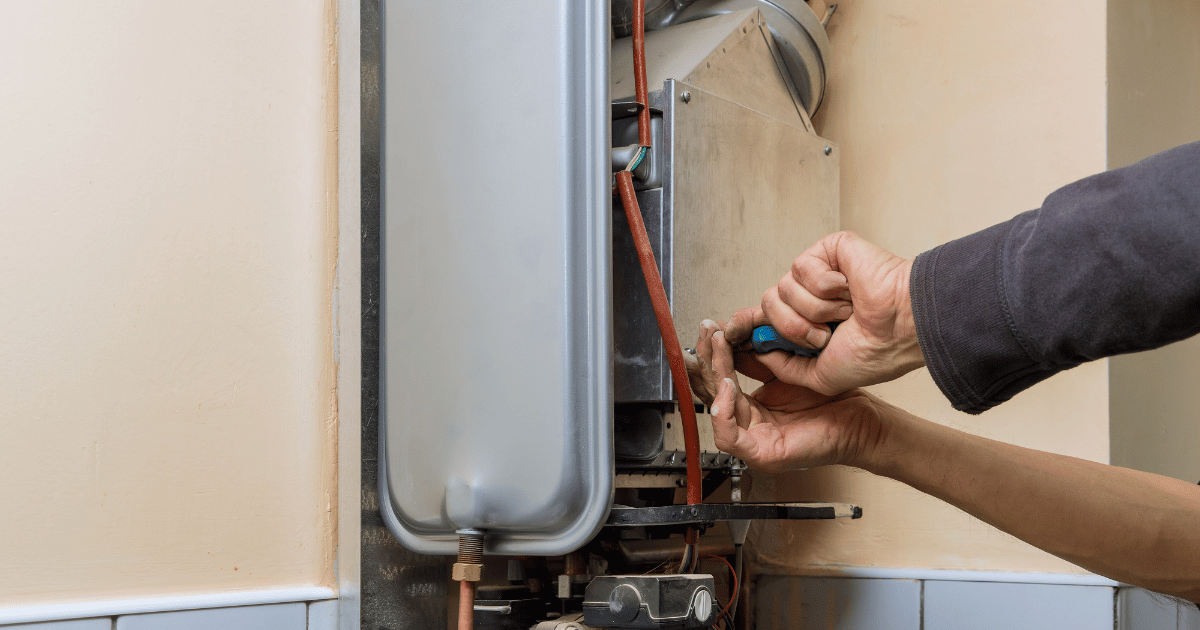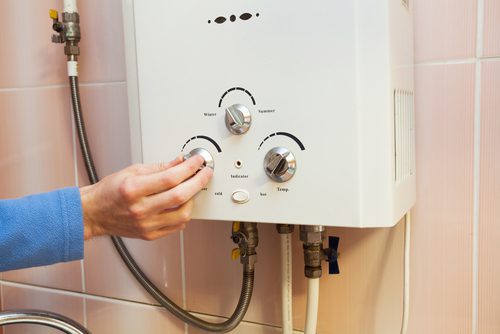This article which follows relating to What Kind of Maintenance Do Water Heaters Need? is particularly enlightening. You should keep reading.

Hot water is crucial for daily comfort, whether it's for a refreshing shower or washing recipes. To guarantee your warm water system runs effectively and lasts longer, regular upkeep is essential. This post gives practical ideas and understandings on how to maintain your home's warm water system to prevent disturbances and expensive fixings.
Introduction
Keeping your home's hot water system may appear daunting, yet with a few straightforward actions, you can ensure it runs smoothly for several years ahead. This overview covers whatever from understanding your hot water system to DIY upkeep pointers and understanding when to contact specialist aid.
Relevance of Keeping Your Warm Water System
Routine upkeep not only prolongs the lifespan of your hot water system but likewise guarantees it runs successfully. Disregarding maintenance can bring about lowered efficiency, higher energy expenses, and even early failing of the system.
Indications Your Hot Water System Requirements Upkeep
Knowing when your hot water system requires attention can avoid significant problems. Keep an eye out for signs such as inconsistent water temperature level, weird noises from the heating system, or rusty water.
Comprehending Your Warm Water System
Prior to diving into maintenance jobs, it's handy to understand the basic elements of your warm water system. Normally, this consists of the water heater itself, pipelines, anode poles, and temperature controls.
Month-to-month Maintenance Tasks
Routine month-to-month checks can help capture small issues prior to they rise.
Flushing the Hot Water Heater
Flushing your hot water heater removes sediment build-up, improving effectiveness and lengthening its life.
Checking and Replacing Anode Rods
Anode poles protect against corrosion inside the storage tank. Evaluating and replacing them when worn is vital.
Inspecting and Changing Temperature Level Setups
Adjusting the temperature setups makes certain optimal performance and security.
Do It Yourself Tips for Upkeep
You can perform several maintenance jobs on your own to maintain your hot water system in leading problem.
Looking for Leakages
On a regular basis examine pipes and connections for leakages, as these can bring about water damages and greater expenses.
Evaluating Pressure Relief Valves
Testing the stress safety valve guarantees it works correctly and prevents too much stress accumulation.
Protecting Pipes
Insulating warm water pipelines decreases heat loss and can conserve power.
When to Call an Expert
While DIY maintenance is beneficial, some problems require professional experience.
Complicated Issues Calling For Expert Assistance
Examples consist of significant leaks, electric issues, or if your hot water heater is regularly underperforming.
Regular Professional Upkeep Benefits
Expert upkeep can include detailed evaluations, tune-ups, and making certain compliance with safety criteria.
Conclusion
Normal maintenance of your home's hot water system is necessary for effectiveness, long life, and expense savings. By adhering to these pointers and understanding when to look for expert help, you can make sure a dependable supply of warm water without unexpected interruptions.
How to Maintain an Instant Hot Water Heater
Before tinkering with your hot water heater, make sure that it’s not powered on. You also have to turn off the main circuit breaker and shut off the main gas line to prevent accidents. Also turn off the water valves connected to your unit to prevent water from flowing into and out of the appliance. 2. When you’re done, you have to detach the purge valves’ caps. These look like the letter “T†and are situated on either side of the water valves. Doing so will release any pressure that has accumulated inside the valves while at the same time avoid hot water from shooting out and burning your skin. 3. When the purge valves’ caps are removed, you have to connect your hosing lines to the valves. Your unit should have come with three hoses but if it didn’t, you can purchase these things from any hardware or home repair shops. You can also get them from retail stores that sell water heating systems. Read the user’s manual and follow it to complete this task properly. When the hosing lines are connected, open the purge port’s valves. 4. You should never use harsh chemical cleaners or solutions when cleaning your unit. Make use of white vinegar instead. It should be undiluted and you’ll probably use about 2 gallons. 5. Now flush your water heater. This task should probably take about 40 minutes. We can’t give you specific directions for this because the procedure is carried out depending on the type, model and brand of your heater. With that being said, refer to the user’s manual. 6. When you’re done draining the unit, you have to turn off the purge port valves again. Remove the hosing lines that you earlier installed on each of the water valves. Put the valve caps (purge port) back in their respective places and be very careful so as not to damage the rubber discs that are found inside these caps. 7. Now that everything’s back in place, check your user’s manual again to find out how to reactivate your water heating system. 8. Once it is working, turn one of your hot water faucets on just to let air pass through the heater’s water supply pipes. Leave the tap on until water flows smoothly out of it. https://www.orrplumbing.com/blog/2014/september/how-to-maintain-an-instant-hot-water-heater/

I came across that blog post about Tips on Maintaining a Water Heater while perusing the internet. Sharing is good. Helping people is fun. Thanks so much for taking the time to read it.
Schedule Here